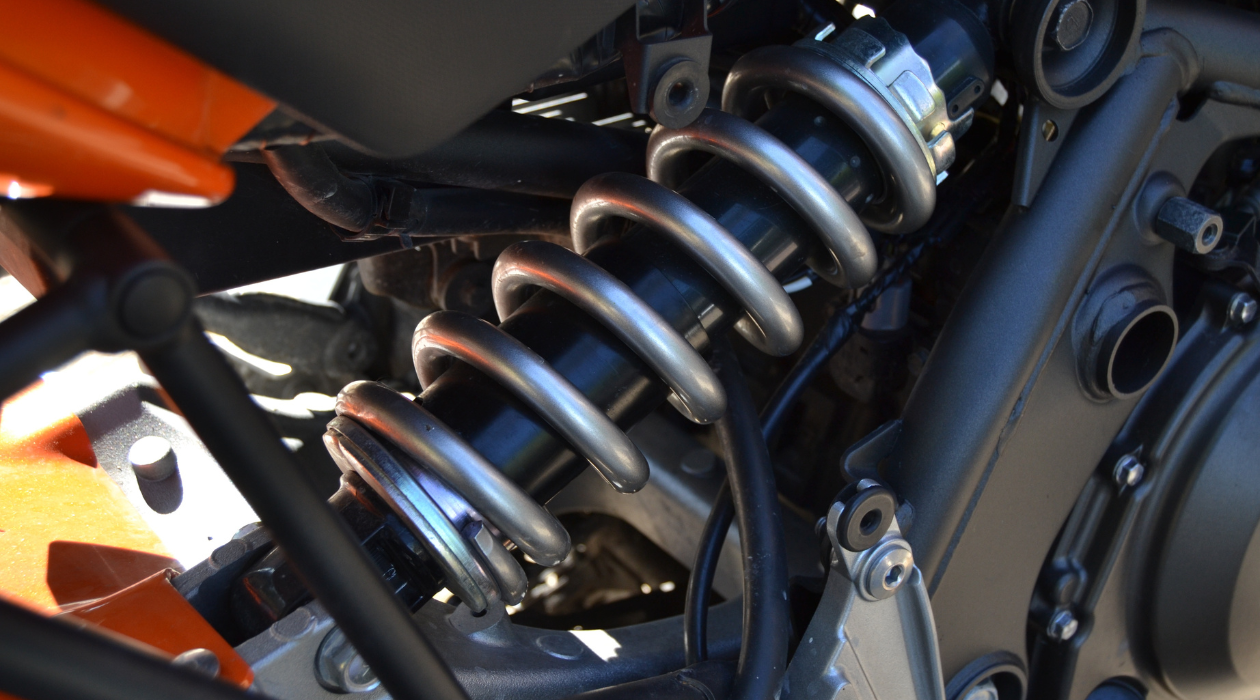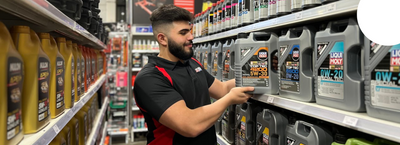When you think about the comfort and safety of your vehicle, you might not immediately consider the suspension system. However, the suspension system plays a critical role in ensuring that your car runs smoothly, handles well, and keeps you safe on the road. In this guide, we’ll break down the components of a car suspension system, how it works, and why it’s so important for your vehicle’s overall performance.
What Is a Car Suspension System?
A car suspension system is a combination of springs, shock absorbers (or dampers), linkages, and other components that work together to ensure that the wheels stay in contact with the road while providing a smooth and comfortable ride. The suspension system is responsible for absorbing shocks and vibrations from the road, allowing the vehicle to navigate bumps, potholes, and uneven surfaces without compromising on control.
In essence, it connects the vehicle to its wheels, helping with vehicle stability, ride comfort, and handling performance.
Main Components of a Suspension System
To better understand how your car’s suspension works, let’s look at its key components:
1. Springs
Springs are the primary component of the suspension system and serve to absorb the impact of bumps and rough road surfaces. There are different types of springs used in cars:
- Coil Springs: These are the most common type of springs found in modern vehicles. They are wound into a spiral shape and are typically placed near the wheels.
- Leaf Springs: These are long, flat springs that bend as they absorb the weight of the vehicle. They are most often found in older cars or heavy-duty vehicles like trucks and SUVs.
- Air Springs: These use compressed air instead of metal coils to provide a smooth ride. Air suspension systems are more commonly found in luxury cars or vehicles designed for heavy loads.
2. Shock Absorbers (Dampers)
Shock absorbers work alongside the springs to control the oscillations that occur when the car hits bumps or dips. They dampen the energy generated by the springs to prevent excessive bouncing, ensuring a smooth ride. Shock absorbers are typically filled with hydraulic fluid and use a piston to regulate the flow of fluid, which in turn controls the movement of the spring.
3. Struts
Struts are a type of suspension component that integrates a spring and shock absorber into a single unit. Unlike shocks, struts provide structural support for the vehicle’s suspension system and contribute to the overall handling and alignment. Struts are commonly used in the front suspension of most modern vehicles.
4. Control Arms (A-Arms)
Control arms are key suspension components that connect the vehicle’s frame to the wheels. They help guide the movement of the wheels and allow the suspension to move freely while ensuring proper alignment. There are typically upper and lower control arms, with the lower control arm being the most important for stability.
5. Sway Bars (Anti-Roll Bars)
Sway bars, also known as anti-roll bars, help reduce body roll during cornering. When a car turns, the force of the turn pushes the body to lean outward. Sway bars help counteract this by connecting opposite wheels to ensure that the body stays level and the vehicle maintains better control and handling.
How Does the Suspension System Work?
The suspension system operates through a combination of the components listed above, working together to keep your ride comfortable and stable.
When you drive over a bump or pothole, the springs absorb the initial impact, compressing and expanding as needed. At the same time, the shock absorbers (or struts) control the oscillations, preventing the car from bouncing excessively. The control arms and sway bars ensure that the vehicle maintains proper alignment and stability during turns, providing better handling.
This intricate system helps to isolate the passengers from the road’s imperfections, ensuring that you don’t feel every bump or vibration in the cabin.
Why Is the Suspension System So Important?
1. Ride Comfort
The suspension system is designed to absorb the shocks of the road, providing a smooth and comfortable ride for passengers. Without an effective suspension, you’d feel every bump and pothole, which could make for a very uncomfortable driving experience.
2. Vehicle Handling
The suspension plays a critical role in how your vehicle handles different road conditions. It helps keep the wheels firmly in contact with the road, improving traction and stability. A well-maintained suspension system ensures that your car handles well, whether you're navigating tight corners or driving at high speeds.
3. Safety
The suspension system is essential for safety. By keeping the tires in constant contact with the road, it ensures that the vehicle’s braking and steering systems work effectively. Without a functional suspension, your car might become harder to control, especially on uneven surfaces, and stopping distances could increase. A poor suspension can also lead to misalignment, which can cause uneven tire wear and compromise your ability to stop or steer effectively.
4. Tire Wear
A suspension system that is in poor condition can lead to uneven tire wear. If the shock absorbers are worn out, the tires may not make consistent contact with the road, leading to bald spots and reduced tire lifespan. Keeping the suspension in good condition will help ensure that your tires wear evenly and last longer.
Signs of Suspension Problems
If your vehicle’s suspension system is malfunctioning, there are several signs to look out for:
- Rough Ride: If you feel every bump and jolt while driving, it could indicate that the shock absorbers or struts are worn out.
- Uneven Tire Wear: As mentioned earlier, suspension issues can cause uneven tire wear, so check your tires regularly for bald spots or excessive wear.
- Difficulty Handling Turns: If your vehicle leans excessively or feels unstable when turning, it might be a sign of suspension problems, such as a worn sway bar or suspension components.
- Pulling to One Side: A misaligned or damaged suspension system can cause the car to pull to one side, especially during braking.
- Visible Leaks: Leaking fluid around the shock absorbers or struts is a clear sign of suspension issues.
Maintaining Your Suspension System
To keep your suspension system in top shape, here are some maintenance tips:
- Check for Leaks: Regularly inspect your shock absorbers and struts for signs of fluid leaks.
- Get Regular Alignments: Misalignment can lead to uneven tire wear and poor handling, so it’s important to have your vehicle’s alignment checked regularly.
- Replace Worn Parts: If you notice any issues with your suspension, such as excessive bouncing or difficulty turning, have your car inspected and replace any worn or damaged parts immediately.
- Maintain Your Tires: Keeping your tires properly inflated and in good condition will help the suspension system function more effectively.
The suspension system is a vital part of your vehicle, responsible for providing a smooth ride, improving handling, and ensuring safety on the road. By understanding how it works and the signs of suspension problems, you can keep your vehicle in top condition and enjoy a safer, more comfortable driving experience. Regular maintenance and timely repairs will help extend the life of your suspension system and ensure that your car stays safe and reliable on the road.



